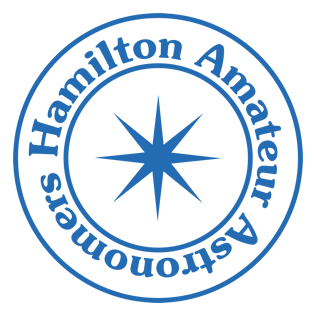Tonight I took my little Orion short tube 80 out on to the deck (this is not my ED80, of which I have so many good things to say) and set it up on a camera tripod. I had a look at Saturn and then the moon. Noteworthy was the excellent view of the eastern limb of the moon, provided by a very favourable libration.
Libration is a word that comes from the word “libra” which, as you know (being astronomers), means ‘balance’. In this case it refers to the balance of the moon on its axis. Since the moon’s rotational axis is tilted compared to its orbital plane and since its orbit is eccentric (hey, I can relate!) it means that sometimes we see the moon from one angle and sometimes from another. Overall, from Earth we can see about 59% of the moon’s surface.
Tonight the moon is tilted so that we can see the eastern edge favourably. Normally at first quarter we would notice Mare Crisium, the very round mare near the eastern (right-hand) edge of the moon. With this favourable libration we can see beyond Mare Crisium, to Mare Marginis (labeled ‘b’), Mare Smythii (labelled ‘c’) and Mare Humboldtianum (labelled ‘a’). Mare Smythii and Mare Humboldtianum are the only two maria named after people (an astronomer and an explorer). Mare Marginis means ‘The Marginal Sea’ or, more colloquially, ‘The Sea on the Edge’. Guessing from how much surface beyond these maria shows up in the picture, I figure we must be able to see at least 95 degrees east longitude. That’s 5 degrees into the far side of the moon! This isn’t a really rare thing to observe, but it sure is fun.
If it’s clear over the next couple of days, go out and try to see these maria for yourself. You just might see the far side of the moon!
(photograph taken afocally through a very cheap 80mm f/5 achromat. The giant letters labelling the maria were not really hanging there in space, so when you get to the eyepiece you’re just going to have to figure out which is which for yourself.)
